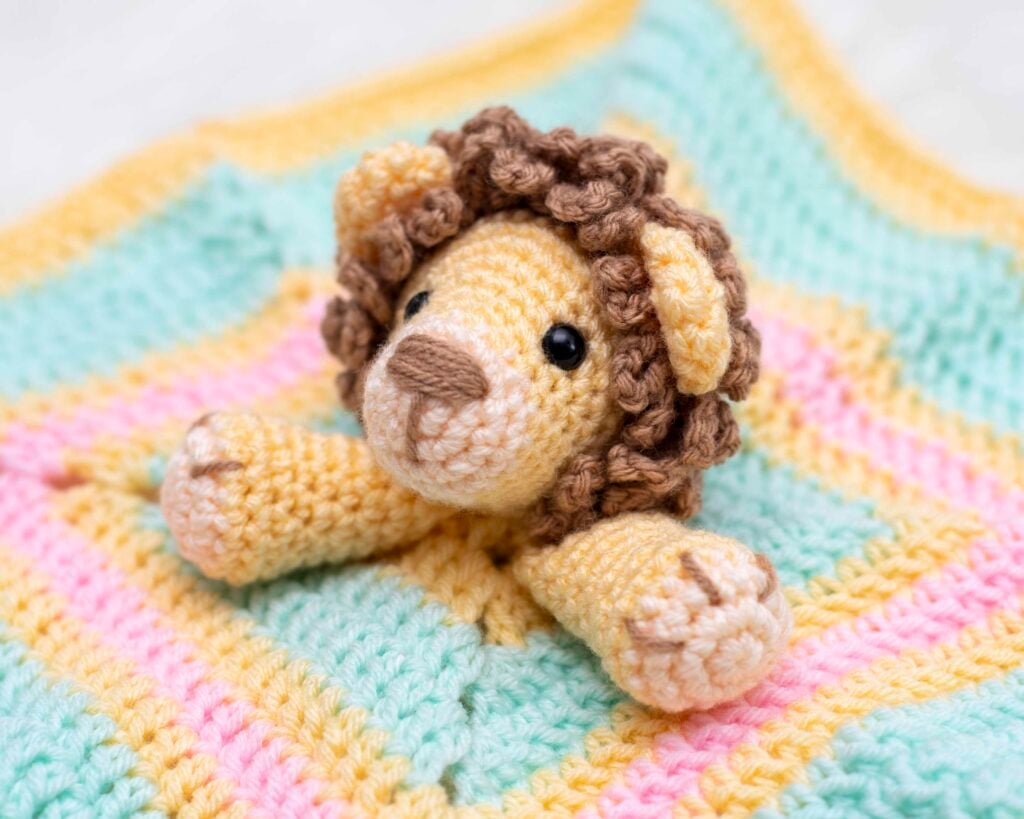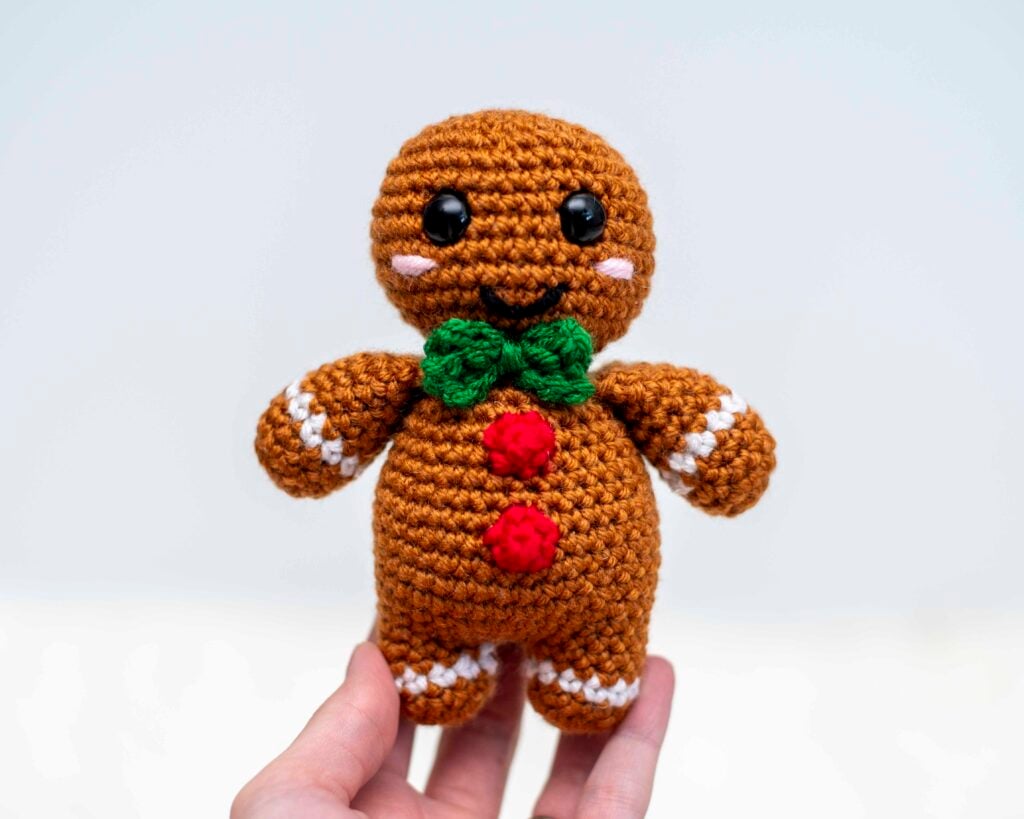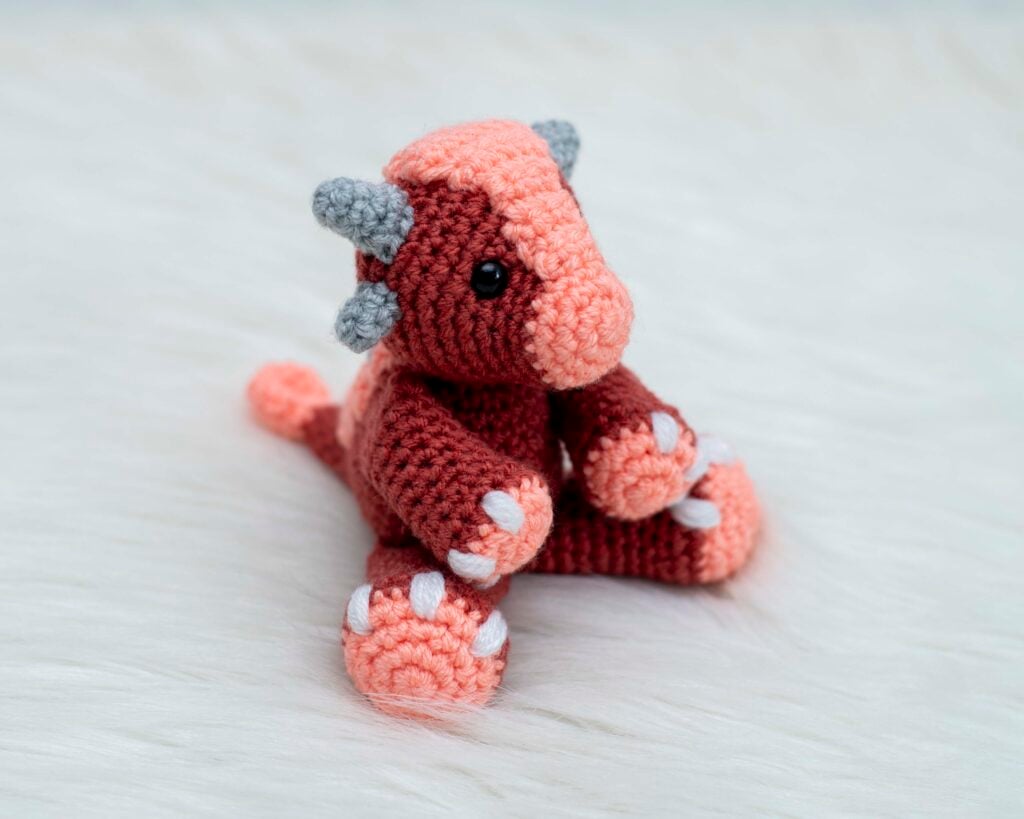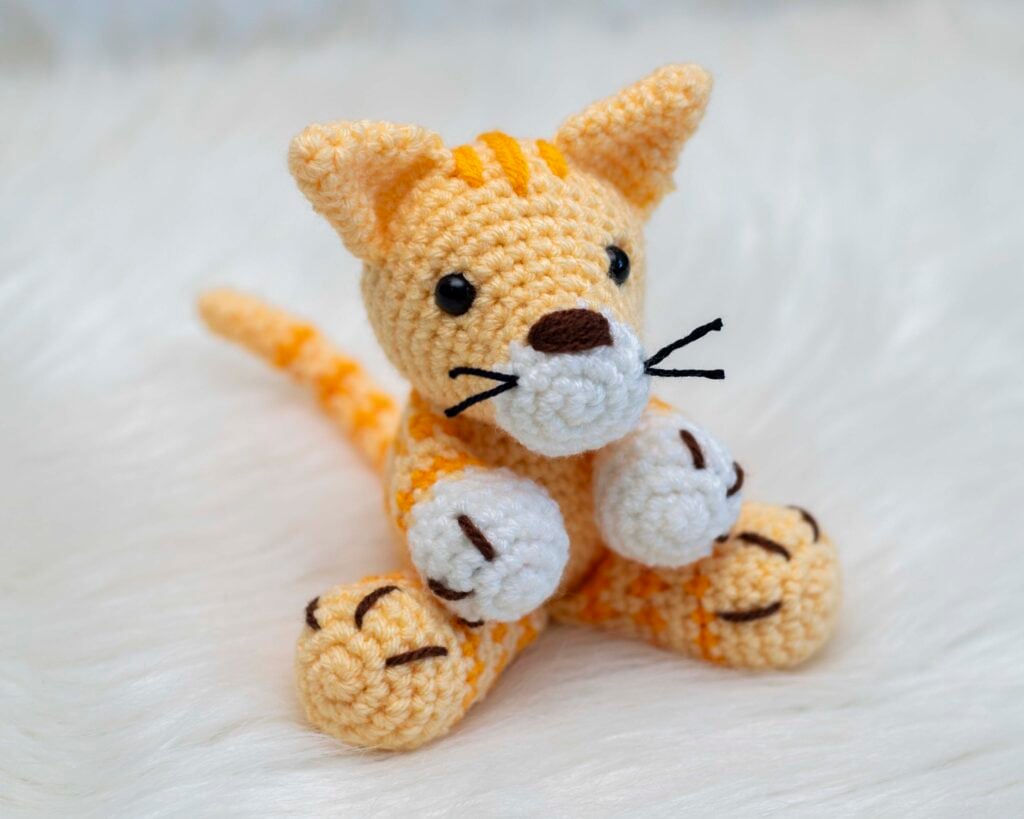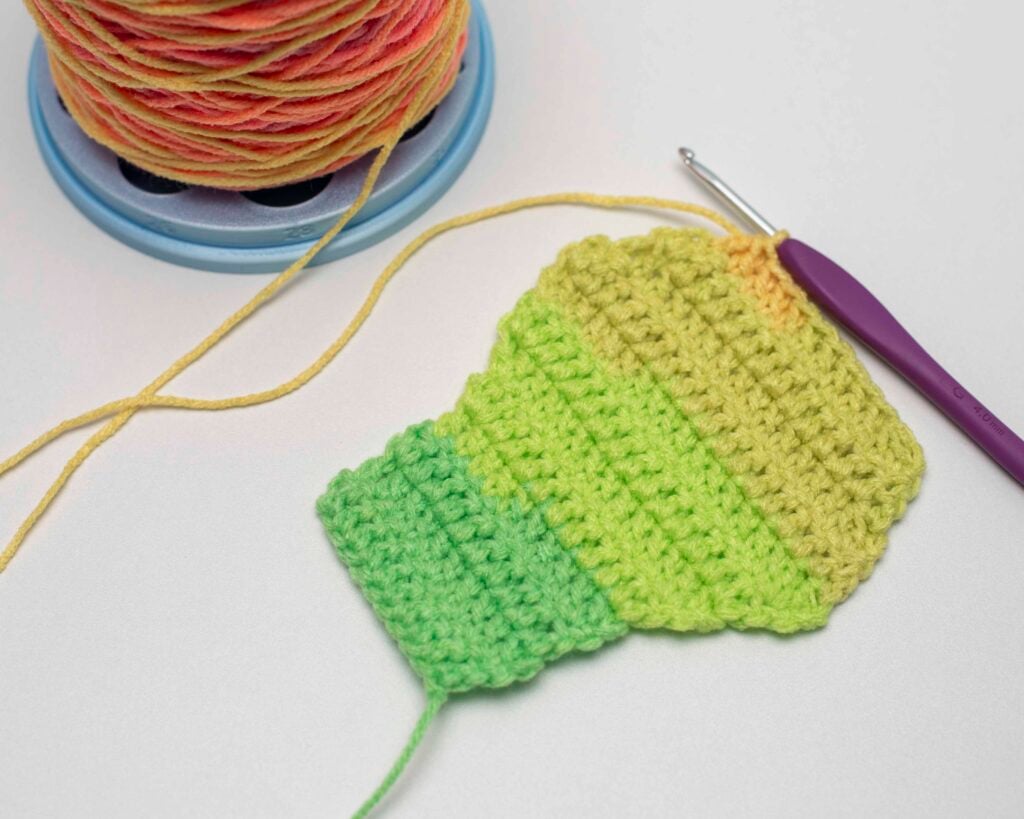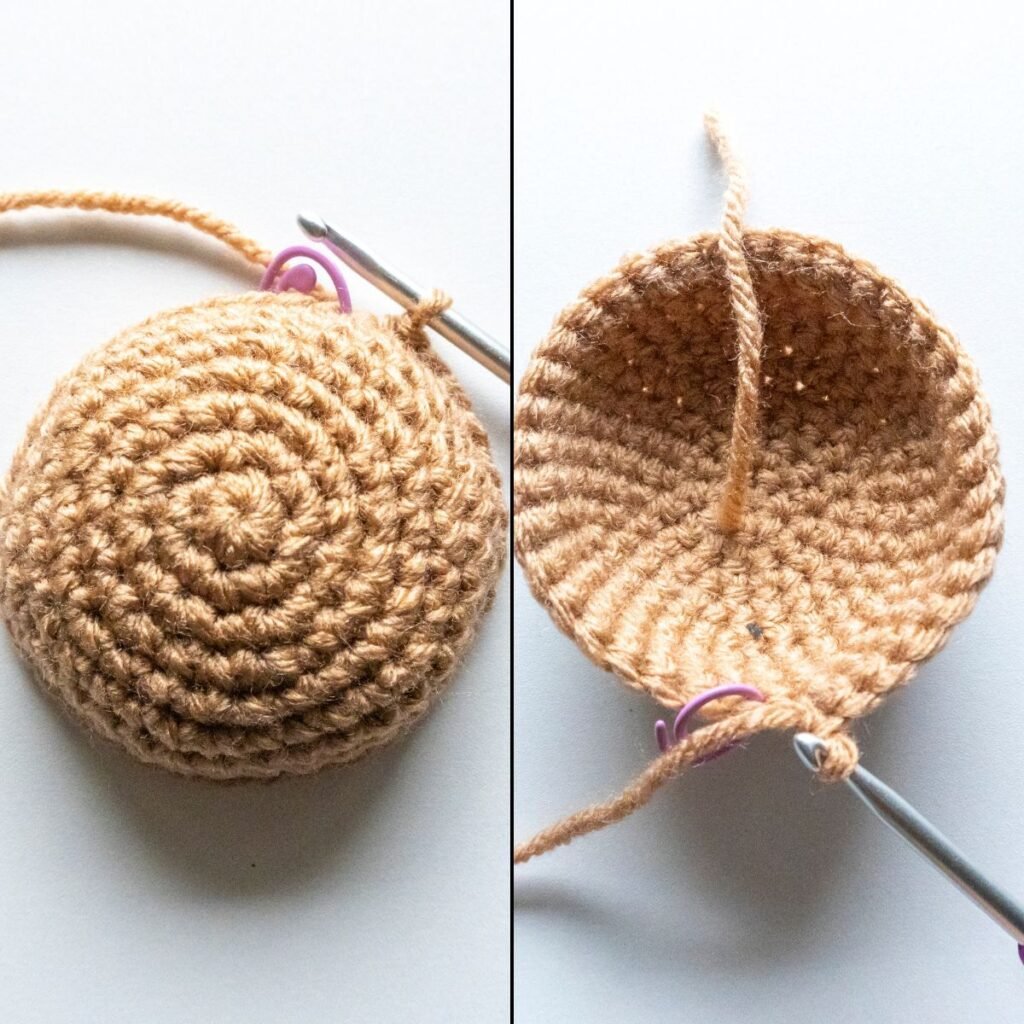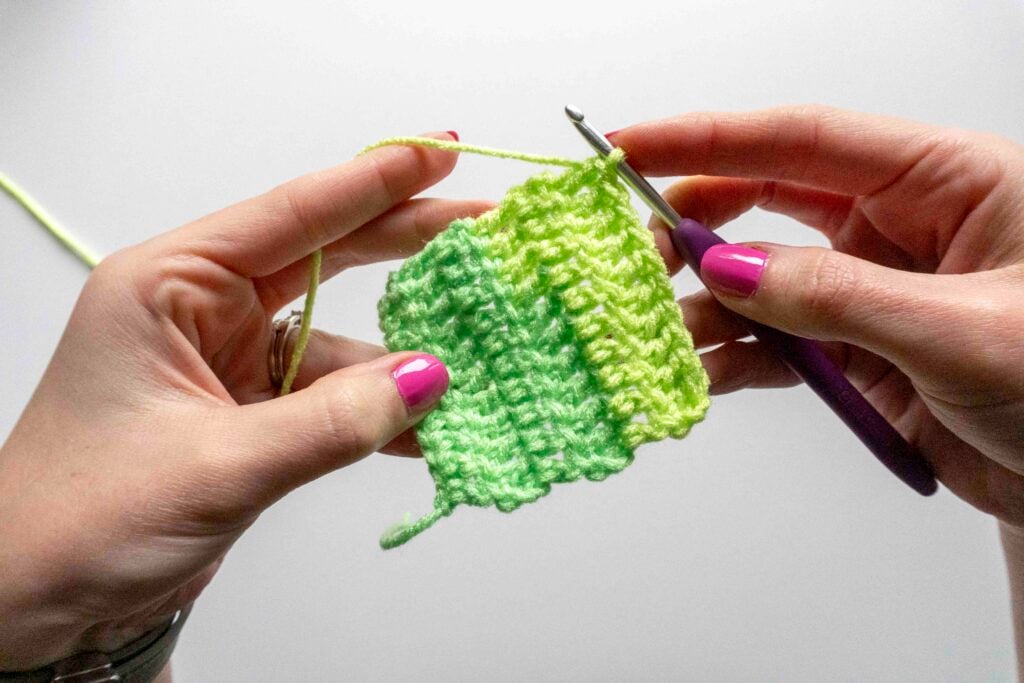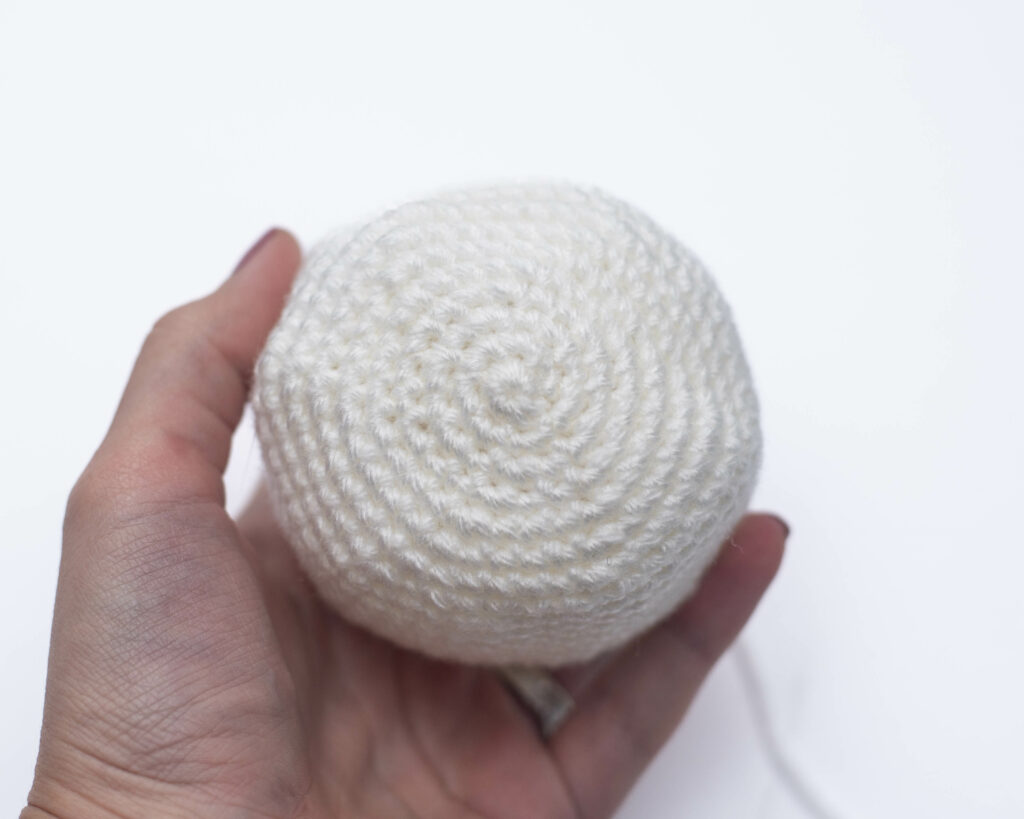How to Read a Crochet Pattern
This post may contain affiliate links. If you make a purchase through links on our site, we may earn a commission.
Crochet patterns can seem overwhelming at first, especially when you aren’t familiar with the abbreviations and terms. In this post we will learn about the different parts of a pattern, why they’re important, and how to read a crochet pattern!

Table of Contents
What is a Crochet Pattern?
A crochet pattern refers to the written instructions for creating a crochet project. A crochet pattern includes different sections that explain things such as the materials needed, parts of the pattern, and finishing touches.
Types of Crochet Patterns
A crochet pattern can generally be found in a few different ways. The most common are written instructions, which are often available either in an ad-supported format on a website or blog (like the free patterns by me!), or in a PDF downloadable format for a fee. These types of patterns will sometimes be accompanied by photo tutorials. Some crochet patterns can also be in a full video format on platforms like YouTube.
This video is also available on YouTube. Watch this video: How to Read a Crochet Pattern on YouTube.
Why Should I Learn to Read a Crochet Pattern?
While following along with crochet video tutorials is a great way to get started, you are limited in your pattern options. Video tutorials are time consuming to create, and a lot of designers don’t include them with their crochet patterns. Learning how to read a crochet pattern opens the door to a huge variety of crochet patterns out there. Crochet patterns aren’t as difficult to understand as it may appear!
Parts of a Crochet Pattern
While every pattern designer has their own formatting and style, when learning how to read a crochet pattern, note that a crochet pattern is generally divided into a few standard sections. Let’s review each section together:
Materials and Details
Typically at the beginning of every pattern, you’ll find important details that you’ll need to know before starting the pattern. This can include information on the materials such as hook, yarn, stuffing, etc. The pattern may also list the pattern difficulty, the item’s finished measurements, and if there is a gauge required for the pattern.
Below is a clipping directly from one of my own PDF crochet patterns. Here you can see the measurements, tools, and materials used.

A note on gauge and measurements:
Gauge refers to the number of stitches and rows per inch using a specific stitch, yarn, and hook. Gauge is generally not necessary when creating amigurumi projects, as they typically do not need to fit a specific size. Gauge is important when making wearable items that need to come out a certain size.
Everyone crochets a bit differently, and ensuring that gauge is met is how the maker can be sure their garment is going to come out to the designer’s specifications. This is also important when using a yarn other than the yarn that the designer used in the pattern.
As amigurumi is not typically intended to fit any certain size, gauge is not typically given. Using a similar yarn and hook size will produce a similar sized amigurumi; however, if you wanted to create a project that was much smaller or much larger, you could just adjust your yarn and hook size accordingly.
Notes and Considerations
At the beginning of the crochet pattern, there is typically a section for special notes that are helpful to know throughout the making of the pattern. For example, the notes may indicate if the pattern is worked in the round continuously (and to use stitch markers), or if the pattern is worked with joined rounds.
Below is a clipping of the notes section from one of my own PDF crochet patterns.

Stitches
One of the most important sections when learning how to read a crochet pattern is the stitch details. This is where the designer will list the stitches that are used throughout the pattern, and the abbreviations used to identify them. If you are familiar with the stitches listed, you should have no problem following the pattern.

There may also be an area where any stitch instructions are listed. This will typically include details on any stitches that are uncommon or a stitch that needs completed in a specific way.
I always recommend the invisible decrease method for amigurumi patterns, so in all of my designs, I specify that in the pattern, as shown below.

Photo Tutorials
Some crochet patterns come with extra photo tutorials for general processes, assembly, embroidery, and/or any other potentially difficult parts of the pattern. Depending on the format of the pattern, these could be listed throughout the pattern where they are relevant, or if the pattern is formatted as printer-friendly, the photos may be shown at the very end of the pattern.
Crocheting Instructions
The most important part of learning how to read a crochet pattern are the crocheting instructions. The instructions for crocheting your item take up the majority of the pattern. If your project requires multiple colors, the pattern should specify with which color you should begin. If your project requires multiple crochet hook sizes, the pattern should specify the size that you should begin with. If your pattern uses only one color and/or only one hook size, this information may not be listed before the start of your instructions, and instead may only be in the materials section.
If your project requires multiple pieces, each piece should be labeled and include any extra information such as making multiples (for arms and legs that are the same, etc.).
Assembly Instructions
In an amigurumi pattern, the assembly instructions are typically listed at the end of the pattern and will explain where your pieces should be attached.

Reading the Instructions
Now that we’ve learned the different parts of a crochet pattern, let’s learn how to read a crochet pattern – the main pattern instructions.
Before you start crocheting, it is important that you first look at the pattern details and notes sections as that may have information necessary to completing the pattern appropriately.
Rows and Rounds
Each line of stitches in a crochet pattern is referred to as a row or round. When crocheting a flat project (ie, not working in the round), your project is typically worked in back and forth rows. When crocheting amigurumi, your project is typically worked in a continuous round, and the lines of stitches are referred to as rounds.
Each row or round in a pattern is identified with a number. It can be abbreviated to R1, R2, etc., or it may be listed as Row 1, Row 2, etc.
Stitch Count
The stitch count is listed at the end of each round. It can be shown in parenthesis, or it may just be listed at the end of that line’s instructions. As you are making increases or decreases throughout your pattern, the stitch count will change for each round. You can check your own stitch count against the stitch count listed in the pattern to ensure that you are following along correctly and haven’t missed any stitches or added any extras.
Repeating Stitch Sequences
There are often a lot of repeating stitches when crocheting. This can be indicated a few different ways, depending on the designer.
Repeating stitches in my patterns are indicated with an asterisk. Let’s look at an example:
*2 SC in next st, 1 SC in next st. Repeat from * around. (18 sts)
This round is stating that you should work 2 SC in your first st, 1 SC in the next st, 2 SC in your next st, 1 SC in your next st, etc. You will repeat that sequence around until you reach your stitch marker (and reach the stitch count of 18 sts).
Parenthesis and brackets can also be used to demonstrate repeating sequences. The same instructions for R3 could be written as:
(2 SC, 1 SC) Repeat around. 18 sts.
or
[2 SC, 1 SC] 6 times. (18 sts)
Repeating Rows
Rows or rounds are often repeated in crochet patterns. This can be indicated in the number of rows or rounds at the beginning of each line, or it can be done with a line of instructions. Let’s look at an example:
R7-14: 1 SC in each st around. (36 sts)
This indicates that for rounds 7, 8, 9, 10, 11, 12, 13, and 14, you will follow the same instructions. Another way that this might be written is:
R7: 1 SC in each st around. (36 sts)
Repeat R7 for R8-R14.
Example
In the example below, I’ll further explain how to read each line of the pattern. Starting at the top, you’ll see that you should use a 4.0mm (G) crochet hook, and for the body piece you are using your first color (which is shown as cream in the pattern photos).
R1: Begin with 6 SC in a magic ring. (6 sts)
This round very simply states that you should create a magic ring with 6 single crochet stitches.
R2: 2 SC in each st around. (12 sts)
The second round states that you will work 2 single crochet stitches (increase) in each of the 6 stitches from the previous round. This will give you a total of 12 single crochet stitches when you’ve completed this round.
R3: *2 SC in next st, 1 SC in next st. Repeat from * around. (18 sts)
The third round indicates that you will repeat the sequence of 2 single crochet stitches (increase) and 1 single crochet stitch until you make your way through the entire round, ending up with a total of 18 single crochet stitches when you’ve finished.
R4: *2 SC in next st, 1 SC in each of the next 2 sts. Repeat from * around. (24 sts)
The fourth round also indicates a repeating sequences, this one with 2 single crochet stitches (increase), 1 single crochet stitch, and 1 single crochet stitch. You will repeat that sequence for the entire round, where you will then have a total of 24 single crochet stitches upon completion.
Let’s skip ahead a bit.
R7-14: 1 SC in each st around. (36 sts)
This indicates that for R7, R8, R9, R10, R11, R12, R13, and R14, you will work 1 single crochet stitch in every stitch around. Upon the completion of each round, you will have a total of 36 single crochet stitches.
R15: *SC2tog, 1 SC in each of the next 4 sts. Repeat from * around. (30 sts)
Round 15 indicates that you will have a repeating sequence of a single crochet 2 stitches together (decrease), followed by 4 single crochet stitches. You will repeat that sequence of stitches for the entire round, and you will end up with a total of 30 single crochet stitches when you’ve finished the round.

Where to Find Crochet Patterns
Now that you’ve learned how to read a crochet pattern, there is no shortage of crochet projects that you can make! Crochet patterns can be found on a variety of websites such as blogs (like the one you’re on right now!), Etsy, Ravelry, Ribblr, Pinterest, YouTube, and more!
My Free Crochet Patterns
Learn How to Crochet Amigurumi!
Sign up for my free amigurumi for beginners course and learn everything you need to know to make your own crochet plush!
To see what is included, check out the course summary page!
More Crochet Tutorials and Resources
What is a crochet pattern?
A crochet pattern is the written instructions for crocheting a project using yarn and a crochet hook.
I hope you enjoyed this post! Be sure to leave me a comment below to let me know what you think.
Want to see more from me? Be sure to subscribe to my email newsletter so that you never miss a post!
Follow along with me on Instagram for daily updates and a behind the scenes look at my designs.
I’d love to see what you make with this tutorial! Don’t forget to share your finished work with me: on social media by tagging me @thenicolechase, in your Ravelry projects, or post over in my Facebook group!
Thanks for stopping by! Happy crafting!
Nicole
PATTERN COPYRIGHT © 2026 NICOLE CHASE. ALL RIGHTS RESERVED.
PATTERN MAY NOT BE ALTERED, COPIED, REDISTRIBUTED OR SOLD AS YOUR OWN PATTERN.
YOU MAY SELL THE FINISHED PRODUCT ON A SMALL SCALE. PATTERN/DESIGN CREDIT GIVEN TO WWW.THENICOLECHASE.COM IS APPRECIATED. PERMISSION TO SELL DOES NOT INCLUDE MASS PRODUCTION. LARGE SCALE PRODUCTION IS PROHIBITED.
PHOTOGRAPHY COPYRIGHT © 2026 NICOLE CHASE. ALL RIGHTS RESERVED.
PHOTOS MAY NOT BE ALTERED, COPIED, REDISTRIBUTED OR SOLD AS YOUR OWN.
This post may contain affiliate links. If you make a purchase through links on our site, we may earn a commission.


